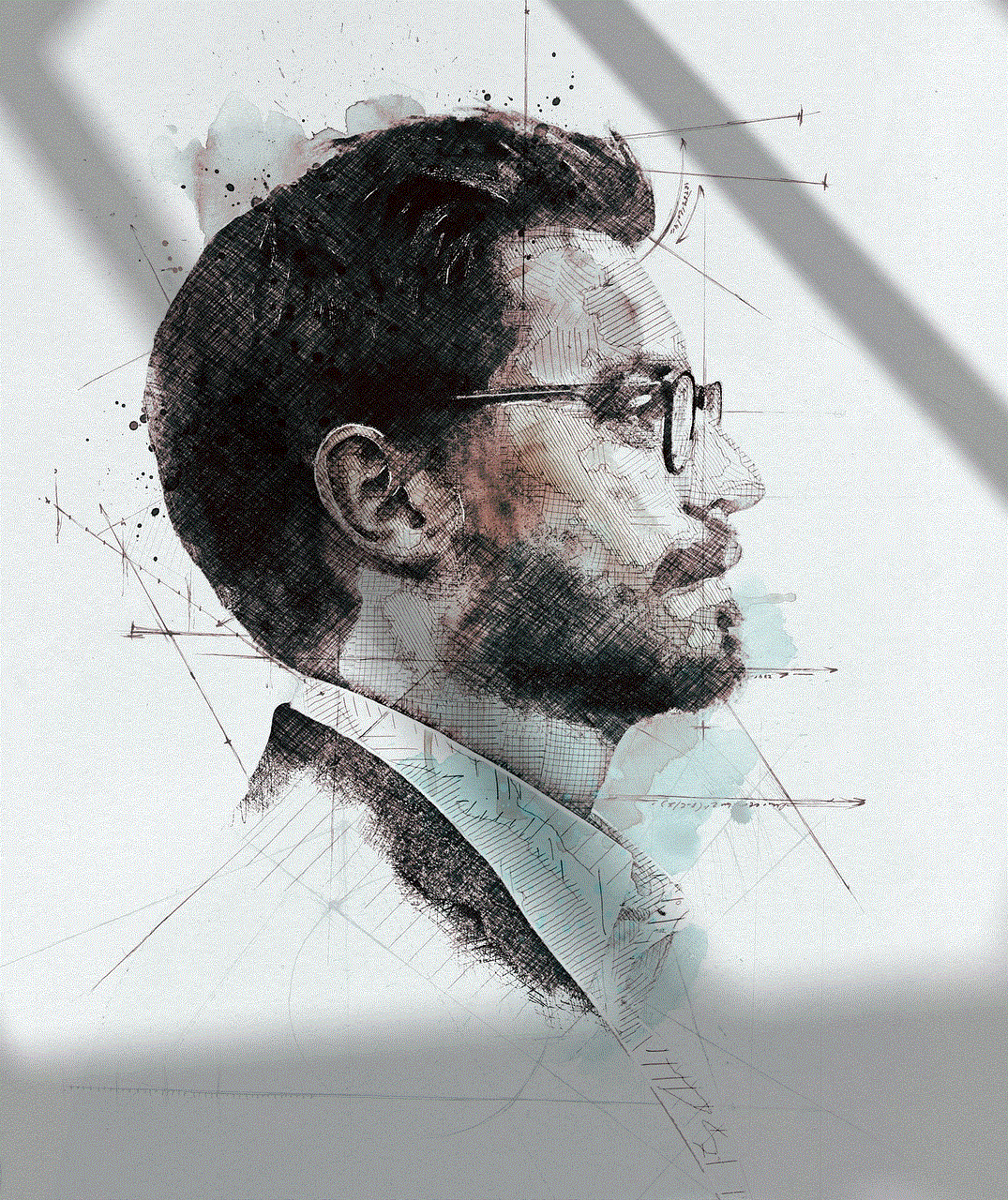can you find a dead iphone
# Can You Find a Dead iPhone? Exploring the Possibilities and Limitations
In our increasingly interconnected world, smartphones have become an indispensable part of our daily lives. One of the most popular devices on the market is the iPhone, a sleek and powerful gadget that holds a wealth of personal information, memories, and connections. However, what happens when that iPhone goes missing or, worse yet, runs out of battery? Many users wonder: can you find a dead iPhone? This article delves into the intricacies of locating a lost or dead iPhone, addressing various methods, technologies, and limitations involved in this process.
## Understanding the Basics: What Happens When Your iPhone is Dead?
Before we explore the possibilities of tracking a dead iPhone, it’s essential to understand what it means for the device to be “dead.” When an iPhone runs out of battery, it powers down and can no longer perform any functions, including location services . This means that standard tracking methods, such as GPS or cellular triangulation, are ineffective when the device is not powered on.
However, there are scenarios where you might be able to track a dead iPhone, primarily because of how the device operates and the tools Apple provides for its users. The key lies in the awareness of certain features and settings that can be utilized before the device runs out of juice.
## Utilizing Find My iPhone
One of the most powerful tools for locating a lost iPhone is Apple’s built-in service called “Find My iPhone.” This feature allows users to track their devices in real-time as long as they have previously enabled it. To use this service effectively, users should have the following:
1. **Find My iPhone Enabled**: This option must be turned on in the device settings before the iPhone goes missing. Users can enable this feature by going to Settings > [Your Name] > Find My > Find My iPhone and toggling it on.
2. **iCloud Account**: Users must be signed into their iCloud account, which links their devices to their Apple ID.
3. **Location Services**: Location services must also be activated, allowing the phone to report its whereabouts.
When these settings are correctly configured, and the iPhone has not completely drained its battery, users can log into the Find My app on another Apple device or the iCloud website to locate their phone on a map. The app displays the last known location of the device, which can be invaluable in recovering a lost or stolen iPhone.
## Last Known Location
Even if the iPhone is dead, the Find My iPhone feature can still provide the last known location before the device lost power. This information is crucial for users trying to locate their device. If the iPhone was in a specific area when it last reported its location, users can visit that location to search for their device.
For example, if a user remembers being at a restaurant before their iPhone died, they can return to the restaurant and ask the staff if anyone has turned in a lost phone. This feature serves as a helpful guide, although it doesn’t guarantee that the device will be found.
## Enabling Offline Finding
Apple has also introduced a feature known as “Offline Finding,” which can be a game-changer when it comes to locating a dead iPhone. With this feature enabled, even if your phone is out of battery, it can still be detected by other nearby Apple devices via Bluetooth. The process works as follows:
1. **Bluetooth Detection**: When an iPhone is lost and powered down, it can still emit a Bluetooth signal. Nearby Apple devices can pick up this signal and relay the location of the lost device to iCloud.
2. **Privacy and Security**: The information is encrypted, ensuring that the privacy of the owner is maintained. The owner receives anonymous location updates without revealing any personal data.
3. **Community Support**: This feature relies on a vast network of Apple devices, making it more likely that someone nearby may help in locating your dead iPhone.
To enable Offline Finding, users need to navigate to Settings > [Your Name] > Find My > Find My iPhone and ensure that “Enable Offline Finding” is turned on. This proactive step can significantly increase the chances of recovering a lost device, even when it is powered off.
## Using Third-Party Apps
While Apple provides robust tools for locating devices, some users may seek third-party solutions to enhance their tracking capabilities. Numerous applications claim to help locate lost phones, but it is essential to choose reliable and reputable options. Some popular third-party apps include:
1. **Prey Anti Theft**: This app offers tracking capabilities for various devices, including iPhones. It can help locate lost devices, capture images of the thief, and provide detailed reports.
2. **Lookout Security & Antivirus**: Initially designed for security purposes, Lookout offers a feature to help locate lost devices. It provides a map with the last known location and can even send alerts if the device is moved.
3. **Cerberus**: Known for its anti-theft capabilities, Cerberus allows users to track their devices, take pictures remotely, and even record audio for security purposes.
While these apps can be beneficial, they often require prior installation and setup before the device goes missing. If the iPhone is dead, these apps may not provide any additional information beyond what Apple’s Find My iPhone can offer.
## The Limitations of Tracking a Dead iPhone
Despite the robust features provided by Apple and third-party applications, there are inherent limitations when it comes to tracking a dead iPhone. Understanding these limitations can help users set realistic expectations:
1. **No Power, No Tracking**: Once an iPhone is completely out of battery, it cannot communicate its location. Users can only rely on the last known location, which may not always be accurate.
2. **Privacy Settings**: If the phone’s privacy settings were not configured correctly before it went missing, tracking may be impossible. It’s crucial for users to take proactive measures to ensure that location services are enabled.
3. **Environmental Factors**: The accuracy of location tracking can be affected by environmental factors such as tall buildings, dense foliage, or poor GPS signals. These variables can lead to discrepancies in the reported location.
4. **Device Damage**: If the iPhone was damaged or lost in a location where it can’t be easily retrieved (e.g., deep water or a busy street), recovering it can become more complicated.
5. **Battery Life**: The effectiveness of the Offline Finding feature relies on the battery life of the device. If the iPhone was powered off for an extended period, it may not be detectable by nearby devices.
## Steps to Take When Your iPhone Goes Missing
If you find yourself in the unfortunate situation of losing your iPhone, there are several steps you can take to increase the chances of recovery:
1. **Use Find My iPhone**: Immediately log into the Find My app or iCloud website to check the last known location of your device.
2. **Retrace Your Steps**: If the last known location is familiar, retrace your steps to see if you can locate the device.
3. **Ask for Help**: If you were in a public place, ask employees or patrons if they’ve seen your phone or if it has been turned in.
4. **Notify Your Carrier**: Inform your mobile carrier about the lost device. They may be able to assist with tracking or provide guidance on next steps.



5. **File a Report**: If you suspect your iPhone has been stolen, file a report with local law enforcement. Provide them with the serial number and any relevant information.
6. **Activate Lost Mode**: If you have not done so already, activate Lost Mode through the Find My app. This feature locks your device and displays a custom message with your contact information for anyone who finds it.
## The Emotional Impact of Losing a Device
Losing an iPhone can be a distressing experience, not just because of the device itself, but also due to the personal information and memories it contains. Photos, messages, and important contacts are often irreplaceable. The emotional response can range from frustration to anxiety, prompting users to take immediate action in hopes of recovery.
It is essential to recognize that while the loss of a device can be distressing, it is also an opportunity to reflect on digital security and backup practices. Users should consider implementing regular backups through iCloud or iTunes, ensuring that their data remains secure even if the device is lost or damaged. Additionally, users may want to invest in security apps or features that can help protect their data.
## Preventive Measures: Keeping Your iPhone Safe
While it’s impossible to predict when an iPhone might go missing, users can take preventive measures to reduce the likelihood of losing their device. Some recommendations include:
1. **Always Enable Find My iPhone**: Make it a habit to check that Find My iPhone is enabled on all your devices.
2. **Use a Password or Biometric Lock**: Protect your device with a strong password or biometric lock (Face ID or Touch ID) to keep your information secure.
3. **Regularly Backup Your Data**: Use iCloud or iTunes to back up your data regularly, ensuring that you don’t lose crucial information if your device is lost.
4. **Invest in a Tracking Device**: Consider using a physical tracking device, such as a Tile, that can be attached to your iPhone or its case for added security.
5. **Stay Aware of Your Surroundings**: Be mindful of where you place your phone in public spaces and keep it secure in your bag or pocket.
## Conclusion: The Quest for a Lost iPhone
In conclusion, while finding a dead iPhone poses significant challenges, there are still avenues to explore for recovering a lost device. Utilizing the Find My iPhone feature, understanding Offline Finding, and taking proactive measures can make a difference in the search for a missing phone. However, the limitations of tracking a dead device must be acknowledged, and users should be prepared for the possibility that recovery may not always be successful.
By implementing preventive measures and fostering good digital habits, users can minimize the risk of losing their devices and protect their personal information. Ultimately, the quest for a lost iPhone is not just about retrieving a piece of technology; it’s also a reminder of the importance of digital security and the value of the memories and connections we carry in our pockets.
360 km to mph
# Understanding the Conversion of 360 km to mph: A Comprehensive Guide
When it comes to measuring speed, different parts of the world adopt varying units. In most of Europe, Asia, and Africa, the metric system is predominantly used, which measures speed in kilometers per hour (km/h). Conversely, in the United States and a few other countries, miles per hour (mph) is the standard. This article aims to delve into the conversion of 360 kilometers per hour (km/h) to miles per hour (mph), while also exploring the significance of these units in various contexts.
## The Basics of Speed Measurement
Speed is defined as the distance traveled per unit of time. It is an essential concept in physics, transportation, and everyday life. In practical terms, speed helps us understand how quickly an object moves, whether it’s a car, a train, or even the wind. The two most commonly used units for measuring speed are kilometers per hour and miles per hour. Understanding the conversion between these units is crucial for international travel, logistics, and even sports.
## The Conversion Formula



To convert kilometers per hour to miles per hour, one can use a simple conversion factor. The formula for this conversion is:
\[ \text{mph} = \text{km/h} \times 0.621371 \]
For instance, if we want to convert 360 km/h to mph, we can apply this formula:
\[ 360 \text{ km/h} \times 0.621371 \approx 223.693 \text{ mph} \]
Thus, 360 km/h is approximately equal to 223.693 mph. This conversion is not just a mathematical exercise; it has real-world implications in various sectors.
## The Importance of Speed in Transportation
Speed plays a crucial role in the transportation industry. Whether it’s road travel, aviation, or maritime navigation, understanding speed helps in planning routes, estimating travel times, and ensuring safety. For instance, if a car is traveling at a speed of 360 km/h, it can cover a significant distance in a short amount of time. This speed might be common in high-performance sports cars or certain racing events.
### The Role of Speed in Road Safety
While high-speed travel can be exhilarating, it also raises concerns regarding road safety. Most countries have established speed limits to ensure the safety of drivers and pedestrians. In many regions, the speed limit for highways is significantly lower than 360 km/h. Understanding the conversion between km/h and mph allows drivers to adhere to local regulations when traveling abroad.
## The Impact of Speed on Fuel Efficiency
Fuel efficiency is another critical aspect of transportation that intersects with speed. Generally, the faster a vehicle travels, the more fuel it consumes. Understanding the relationship between speed (in km/h or mph) and fuel efficiency can help drivers make informed decisions, especially on long trips. For instance, if a car’s optimal fuel efficiency is achieved at 100 km/h, driving at 360 km/h could lead to substantially higher fuel costs.
## Speed in Aviation
In aviation, speed is measured in knots, which is different from both km/h and mph. However, understanding conversions between these units is essential for pilots and air traffic controllers. For example, commercial jets typically cruise at speeds ranging from 800 to 900 km/h, translating to approximately 497 to 559 mph. This knowledge is crucial for flight planning, safety, and efficient air traffic management.
### The Role of Speed in Sports
Speed is a vital component in various sports, particularly in motorsports. Drag racing, for instance, showcases vehicles that can reach speeds exceeding 360 km/h. The thrill of racing is not just about reaching high speeds but also about maintaining control and safety. Competitors often rely on precise calculations and conversions to optimize their performance on the track.
## Speed Limits and Regulations
Different countries have varying regulations regarding speed limits. While 360 km/h may be permissible in specific contexts, such as racetracks, it is far too high for public roads. Understanding local speed limits is crucial for compliance and safety. This knowledge can be particularly beneficial for tourists who may not be familiar with the regulations of the countries they are visiting.
### The Future of Speed Measurement
With advancements in technology, the way we measure and understand speed is evolving. Electric vehicles, autonomous cars, and smart traffic systems are changing the landscape of transportation. These innovations often incorporate real-time data and analytics, allowing for more efficient travel and enhanced safety measures. As these technologies continue to develop, the importance of understanding speed in both km/h and mph will remain relevant.
## Conclusion



In summary, the conversion of 360 km/h to mph is not merely a mathematical calculation; it is a reflection of the diverse ways in which speed is understood and applied across various sectors. From transportation and aviation to sports and safety regulations, speed plays a pivotal role in our daily lives. Understanding the relationship between kilometers per hour and miles per hour is essential for anyone navigating the complexities of our increasingly interconnected world. Whether you are a driver, a pilot, or simply a curious individual, grasping the concept of speed in different units will enhance your knowledge and help you make informed decisions in a variety of contexts.
As we continue to explore advancements in transportation and technology, the conversation around speed measurement will undoubtedly evolve, but the fundamental principles of distance and time will always remain at the core of our understanding of motion.